Nargu Wildlife Sanctuary, located in the heart of Himachal Pradesh, is an unexploited natural haven. This 278-square-kilometre sanctuary is a paradise for nature lovers, wildlife photographers, and adventure seekers. The sanctuary is inhabited by different flora and fauna, including the reclusive snow leopard, the Himalayan black bear, and many bird varieties. Spread across an area of 339.5 square kilometres, its dense forests, alpine meadows, and rugged terrains offer people heading outdoors to leave behind the hustle and bustle of city life, from trekking through some dense jungles or sighting some wildlife that is rarely found anywhere.
Location
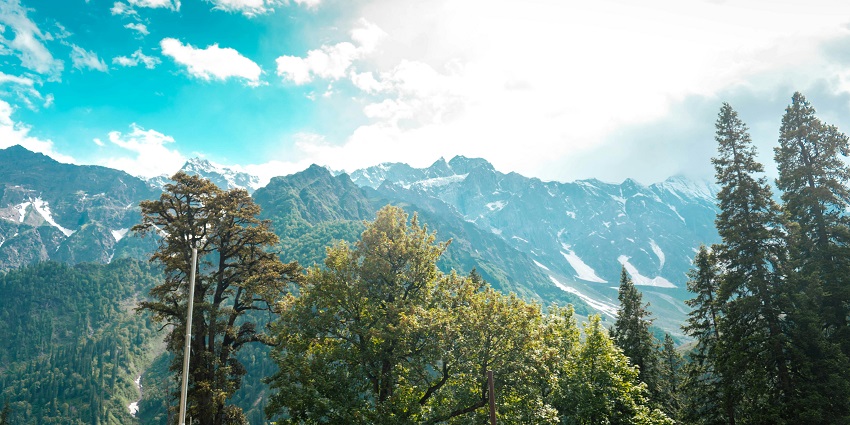
Photo: Aditya Chache / Unsplash / Image For Representation Only
Nargu Wildlife Sanctuary address is easy to navigate. The sanctuary is situated in the Mandi district of Himachal Pradesh. Being on the banks of the Uhl River adds to its scenic beauty. The sanctuary lies near the village of Barot, a little more than 60 kilometres from the town of Mandi. It has the Dhauladhar range at the back, offering a beautiful land of peaks covered with snow and deep valleys. You can indulge in Nargu Wildlife Sanctuary activities including trekking, bird watching, and nature walks as the place is beautifully located with a river in proximity and hills all around it.
Suggested Read: Wildlife Sanctuaries In Himachal Pradesh To Visit On Your Upcoming Trip
How To Reach Nargu Wildlife Sanctuary
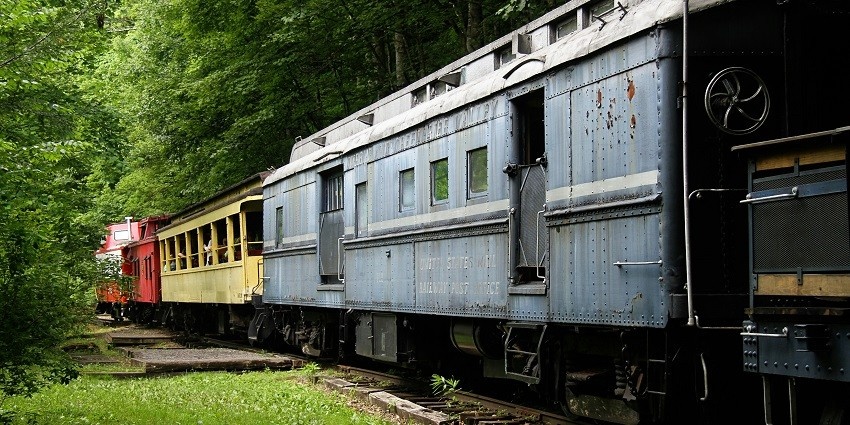
Photo: Melanie Hughes / Unsplash / Image For Representation Only
By Air: Kullu-Manali Airport at Bhuntar is the closest airport to the sanctuary, about 110 kilometres away. You can take a bus, or you can hire a cab from the airport to Mandi and then proceed to Barot, which is the nearest village to the sanctuary. It takes around 4-5 hours to get from the airport to this sanctuary.
By Bus: A pucca road links Mandi with Delhi, Chandigarh, and Shimla. You can take a direct bus to Mandi and further to Barot via a local bus or hired taxi. The route from Mandi to Barot follows winding roads to the hilltops, offering breathtaking views of mountains and valleys.
By Rail: The closest railway station to the sanctuary is the Joginder Nagar Railway Station, which is at a distance of about 40 km. From Joginder Nagar, one can hire a taxi or board a bus to reach Barot. One can come by train to Mandi and proceed to the sanctuary by road.
Places To Visit Around Nargu Wildlife Sanctuary
Here is the list of five popular places to visit around Nargu Wildlife Sanctuary that one must visit while going to this beautiful nature-embraced place.
1. Barot Valley
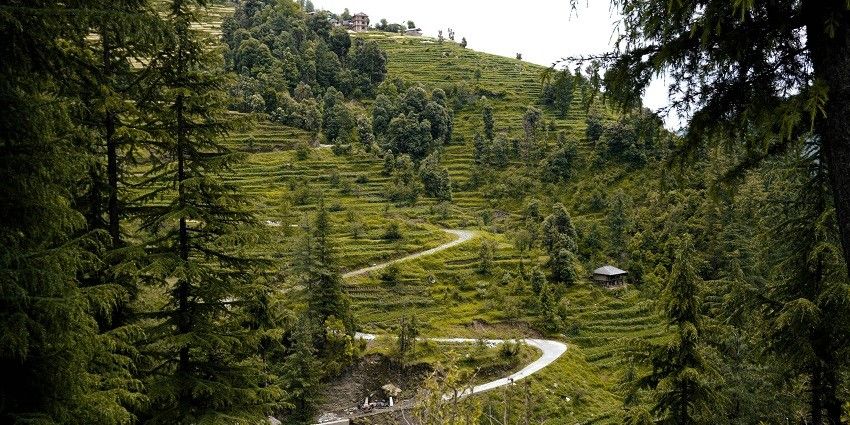
Photo: Hardik Monga / Unsplash
Situated just 2 km from the sanctuary, Barot Valley is one place that adequately showcases nature’s pristine beauty. The valley is famous for fishing with trout because it provides an ideal place to engage in angling with the Uhl River. Other than fishing, the green meadows, dense forests, and quaint villages make this valley an ideal spot for nature walks, camping, and picnics. It is a peaceful retreat from the commotion of city life, with a serene environment and a backdrop of the Dhauladhar range.
Timings: Open all day
Suggested Read: Trekking In Great Himalayan National Park
2. Uhl Reservoir
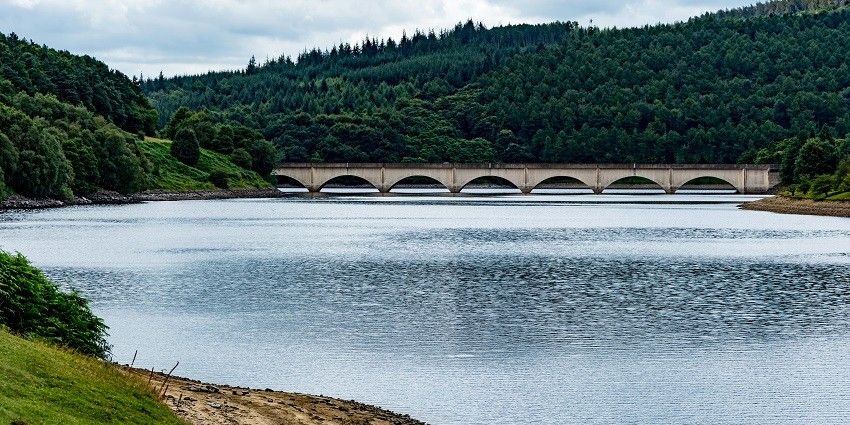
Photo: Sue Winston / Unsplash / Image For Representation Only
Situated within the sanctuary is the Uhl Reservoir, a very serene and picturesque spot offering excellent views of the mountains and valleys in the vicinity. It is an area known for angling among the local population and tourists who flock here in large numbers to avail themselves of large quantities of fish species within the reservoir. Again, the reservoir serves as a base for various treks into the sanctuary. This offers visitors an opportunity to have a deeper view and feel of the varying landscapes across the sanctuary.
Timings: Open all day
3. Chuhar Valley
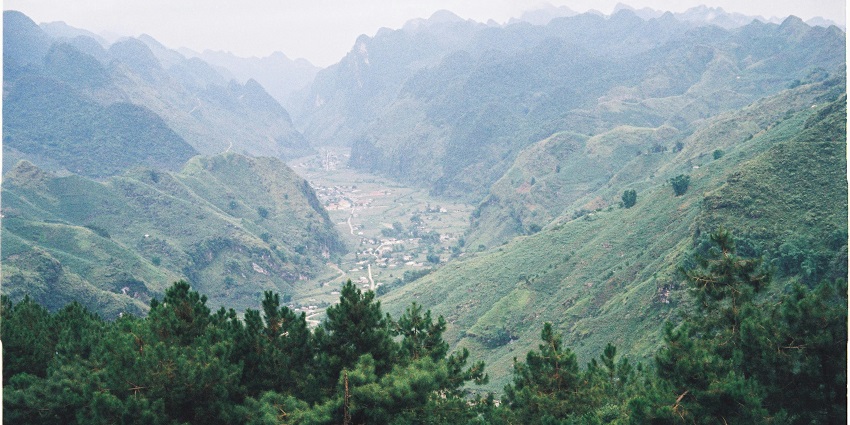
Photo: Duc Nguyen / Pexels / Image For Representation Only
One such place, nestled near Barot and not very far from the sanctuary, is Chuhar Valley, which abounds in pristine grace and tranquillity. Green forests, crystal clear streams, and meadows of outstanding beauty are how the whole valley has been carpeted — just perfect for nature lovers and trekkers. These are dotted with traditional Himachali villages that give a peek into the cultural and traditional lifestyle preserved through generations. It also has a few small temples, further spiritualising the natural beauty in attendance. Chuhar Valley should, therefore, be on your next itinerary.
Timings: Open all day
Suggested Read: National Parks In Himachal Pradesh
4. Bir Billing
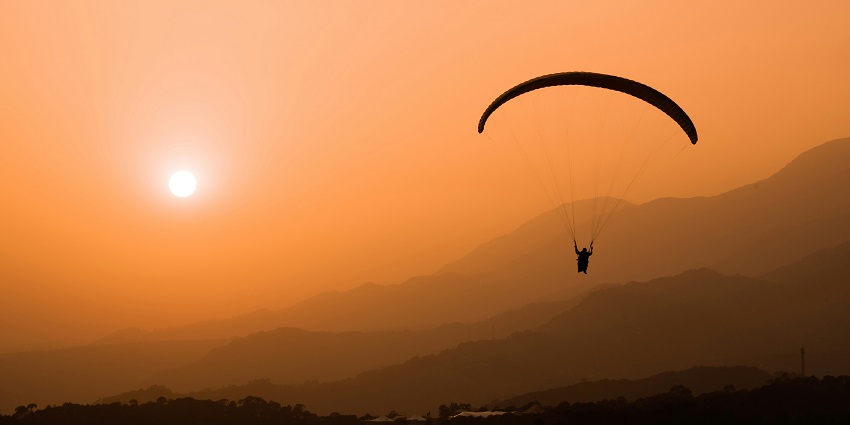
Photo: Rishabh Dharmani / Unsplash / Image For Representation Only
Bir Billing, situated about 40 km from the sanctuary, enjoys global fame as one of the best sites for paragliding. Known as the ‘Paragliding Capital of India,’ the beautiful landscapes of Bir Billing attract hundreds of adventure-loving people from around the world who come here to glide over breathtaking views. The Billing takeoff site and the Bir landing site offer great aerial views of the Dhauladhar range and the green Kangra Valley. Besides paragliding, Bir is known for its lively Tibetan culture, monasteries, and serene environment, making it the perfect blend of adventure and spirituality.
Timings: Open all day
5. Prashar Lake
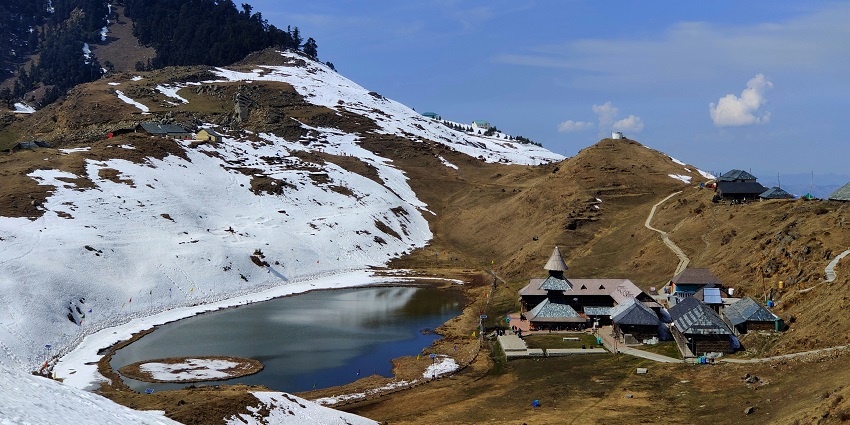
Photo: Hrishikesh Sarode / Unsplash
Situated about 60 km from the sanctuary, Prashar Lake is a serene high-altitude lake surrounded by majestic snow-capped peaks. It has been famous for some time for its floating island and the ancient Prashar Temple, which is dedicated to the sage Prashar, standing on its banks. The ambience of the lake is tranquil and is most preferred for meditation and introspection. The lush meadows and dense forests around the Prashar Lake invite many for trekking. The panoramic views and spiritual atmosphere that seem to escape the lake and its surroundings are simply marvellous and captivating for visitors.
Timings: Open all day
Suggested Read: Hill Stations In Himachal Pradesh Where You Can Get Lost In The Mountains
Where To Stay

Photo: Manuel Moreno / Unsplash / Image For Representation Only
Accommodation near the sanctuary varies from budget guest houses and warm homestays to camping sites. At Barot, several guesthouses offer basic options with views of the valley below. Popular among them are 14 Gables and Montana Blues Resort for comfortable stays where access to the sanctuary would not prove any hassle.
Where To Eat

Photo: Anton / Unsplash / Image For Representation Only
The local eateries and dhaba at Barot offer traditional dishes like siddu (steamed bread with fillings), chana madra (chickpeas in yoghourt-based gravy), and Dham (a festive meal). Mussafir Café and Cafe Ilaka are popular places known for their simple home-cooked meals. However, one can come to Mandi for more variety, where places like the Taj River View Hotel and Paloma Bistro have a mix of North Indian and Himachali dishes.
Suggested Read: Top Offbeat Places In Himachal Pradesh For Fresh Mountain Air
Best Time To Visit
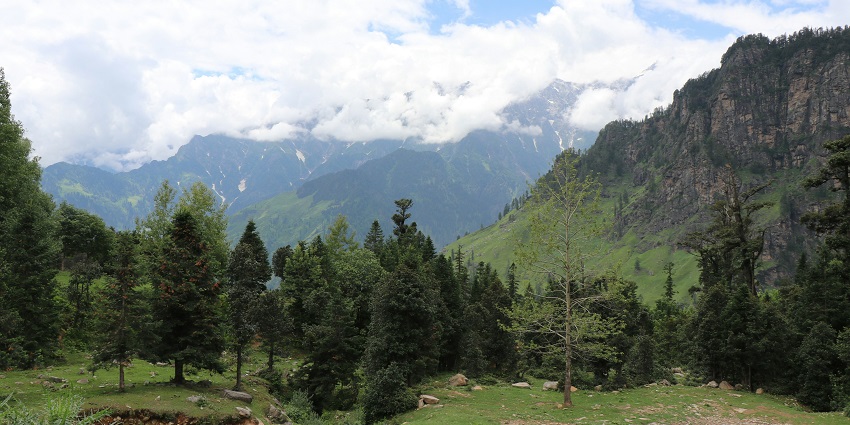
Photo: Dhara Prajapati / Unsplash
The best time to visit Nargu Wildlife Sanctuary is during the summer, April to June, autumn, and September to November. The weather is ideal and perfect for treks, spotting wildlife, and getting a feel of the natural surroundings in this sanctuary. Summers bring along bright green landscapes, while autumn offers clear skies and brilliant views of snow-capped peaks.
Other Factors To Consider

Photo: ian dooley / Unsplash / Image For Representation Only
Average Cost Of The Trip
The average cost for a 3-4 day trip to this sanctuary comes up to ₹10,000 to ₹15,000 per person depending on Nargu Wildlife Sanctuary ticket price, accommodation, food, and transportation. Camping and homestays are more budgeted but guided treks and wildlife safaris increase this cost.
Tips For Travellers
- Temperatures can drop drastically at night, even during peak summer so carry warm clothing.
- Observe all animals from a safe distance. Neverole or tease them.
- Get a local guide who knows his way around for a more insightful tour.
- The treks can get demanding, so keep enough water to stay hydrated.
- Before planning your trip, check out the weather forecast, especially during the monsoon season.
Suggested Read: Explore The Natural Beauty Of Chandratal Wildlife Sanctuary In Himachal Pradesh
Nargu Wildlife Sanctuary is a complete package of experiences for nature and adventure lovers. From trekking within dense forests to spotting rare wildlife or just enjoying the serene beauty of the Himalayas, it promises a memorable retreat into the wild amidst the Nargu Wildlife Sanctuary. So, plan your visit with TripXL and completely indulge in the natural splendour of this still unexplored destination of Himachal Pradesh.
Cover Photo: Wolfgang Hasselmann / Unsplash / Image For Representation Only


 WhatsApp
WhatsApp
 Twitter
Twitter









